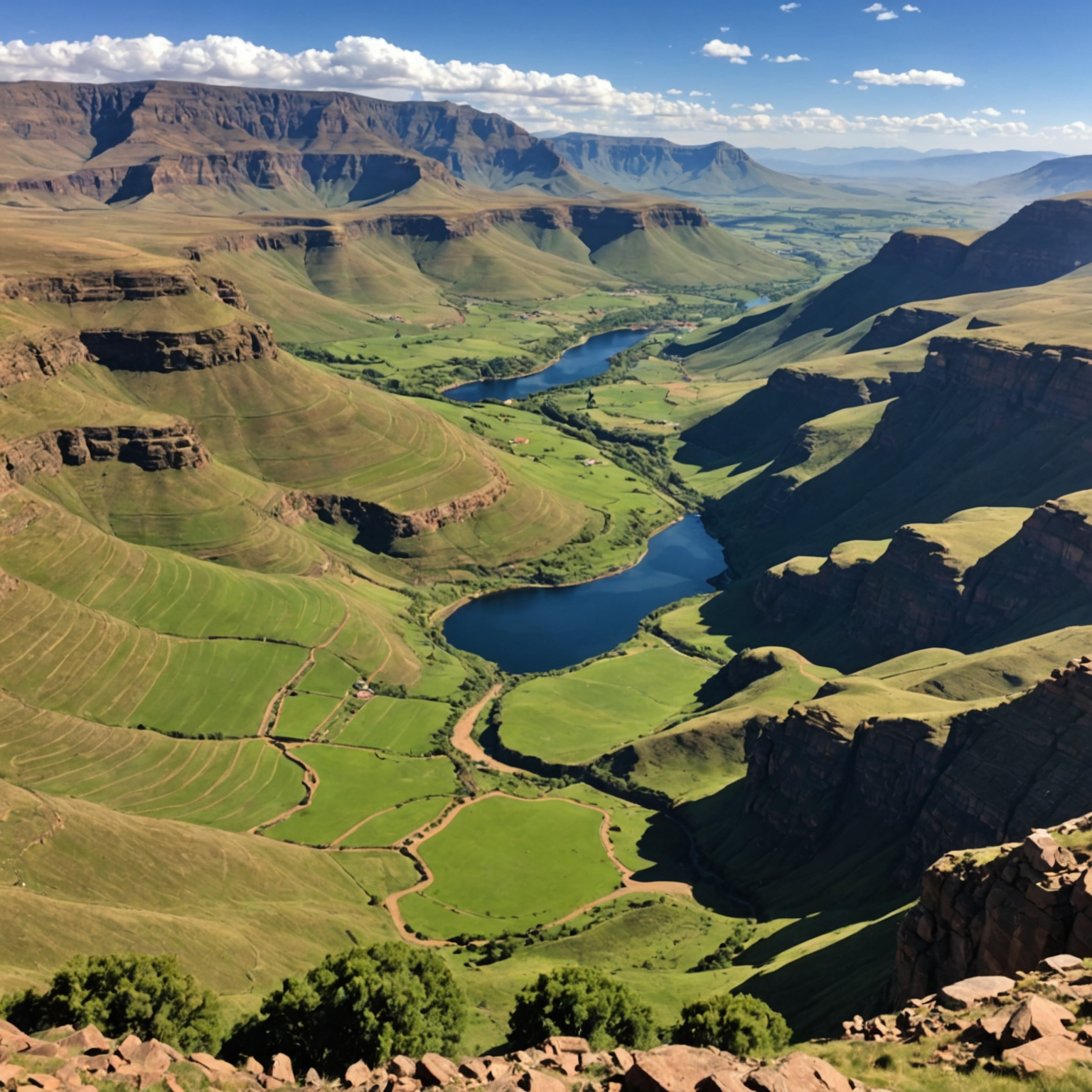There’s a country inside another country (and you’ve never heard of it)
 Lesotho, a country entirely surrounded by South Africa, is one of only three enclave countries in the world.
Lesotho, a country entirely surrounded by South Africa, is one of only three enclave countries in the world.
Discovering the Hidden World of Enclave Countries
By Peter Teoh, Science Writer
Imagine a country so unique that it’s completely enclosed by another country’s land. No, it’s not science fiction — this is a real geographical and political phenomenon called an enclave. And despite their rarity, a few such countries exist today, quietly nested within others.
What Is an Enclave?
An enclave is a country or territory that is entirely surrounded by the land of another country. This means you have to cross the surrounding country’s territory to enter or leave the enclave. It’s like a hidden island of one nation locked inside another.
The Three Enclave Countries You Should Know
There are only three fully recognized countries that fit this description on Earth:
| Country | Surrounded By | Location | Size Rank |
|---|---|---|---|
| Lesotho | South Africa | Southern Africa | Largest |
| San Marino | Italy | Europe | Medium |
| Vatican City | Italy | Europe | Smallest |
Lesotho is by far the largest enclave country. It is located in southern Africa and is completely surrounded by South Africa. This mountainous country, often called the “Kingdom in the Sky,” has its own unique culture and governance despite being enclosed.
San Marino and Vatican City are both tiny enclaves within Italy. Vatican City is the smallest country in the world, home to the Pope and the heart of the Roman Catholic Church. San Marino, with its medieval castles and ancient traditions, is one of the world’s oldest republics.
Why Do Enclaves Exist?
Enclaves often result from complex historical events like colonial border decisions, treaties, and cultural divisions. For example, Lesotho was formed as a separate territory during colonial times and later became independent, while being surrounded by South Africa. Similarly, Vatican City’s unique religious and political history led to its enclave status.
How Do Enclaves Affect Life?
Being an enclave creates special challenges:
-
Trade and Travel: Enclaves rely heavily on the surrounding country for access to the outside world. This can complicate trade, transportation, and everyday travel.
-
Politics: Enclaves often have unique political relationships with their neighbors, requiring careful diplomacy.
-
Identity: Despite being surrounded, enclaves maintain their own cultures, governments, and sometimes even languages.
Other Interesting Examples and Terms
-
Semi-enclaves: These territories border another country but also have a coastline allowing sea access. For example, Brunei is mostly surrounded by Malaysia but also has a coast on the South China Sea.
-
Exclaves: These are parts of a country separated from the main territory by another country’s land. Kaliningrad, a region of Russia between Poland and Lithuania, is a famous exclave.
Why Should You Care?
Learning about enclaves and exclaves is more than a geography quiz fact. It reveals how human history, politics, and geography intertwine to shape our world in surprising ways. These tiny countries inside others remind us that borders are often more complex and fascinating than simple lines on a map.
Side Notes:
- The word enclave comes from the French word meaning “to lock in.”
- Vatican City is the only enclave that is also a sovereign city-state.
- Enclaves can sometimes cause tension between countries, especially if border access becomes restricted.
Trending Sidebar:
- The curious case of Baarle-Hertog/Baarle-Nassau, a complex mix of Belgian and Dutch enclaves.
- How colonial history shaped modern African borders, creating countries like Lesotho.
- The smallest country in the world: Vatican City’s unique role in global politics.
Leave a comment